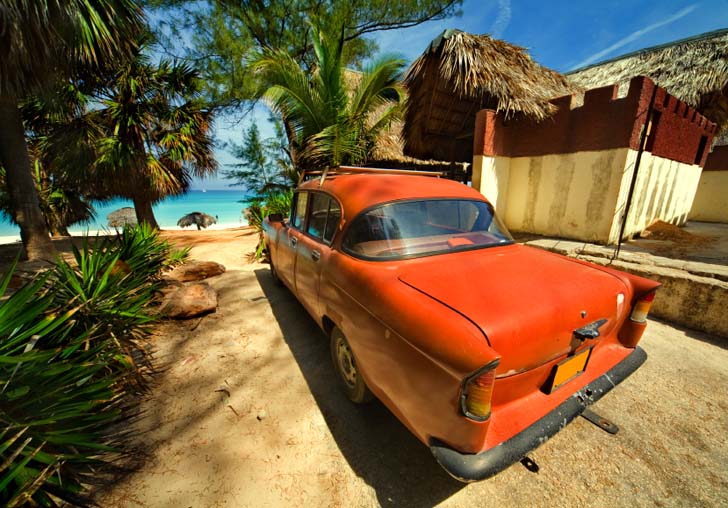Bienvenidos!
The Havana Silk Dog breed
belongs to the family of dogs called Bichon, known throughout Europe for centuries. The Bichon Habanero originated in Cuba from a breed called Blanquito de La Habana. The Bichon Habanero was the mascot of the colonial aristocracy until the early twentieth century, when American tastes and broader social and economic changes in Cuba played a role, which led to a change in canine fashions and preferences, were imposed. From that moment, the Bichon Habanero was no longer the pampered pet of the rich and became the bold and affectionate friend of the common people. After the success of the socialist revolution in Cuba in the ’60s, many wealthy Cubans emigrated from the island to the southern United States and other nearby countries Puerto Rico and Costa Rica. Some of them brought their dogs, which included the Bichon Habanero, as a living reminder of their homeland.
An experienced breeder acquired six pedigreed Bichon Habanero: a mother with four female puppies and a young non-related male to the other females. A little later, she acquired five more males from a Cuban who was moving from Costa Rica to Texas and who could not keep their dogs. This experienced breeder began working on the standards for the Havanese breed. Then, during the early 1970s, ads began appearing in American dog magazines of “Toy Havanese,” a purely American name given to the small dogs brought to the US with Cuban immigrants in the decade following the Cuban Revolution. The descendants of these dogs formed the basis for the Havanese breed in America and were exported throughout the 1980s to Western Europe to rebuild the breed there.
In 2000, when it became apparent that the particular form of dwarfism often found in the Havanese throughout the US and Europe was associated with many of the health problems plaguing the breed, a small group of American breeders began choosing only those dogs with long, straight forelegs for breeding, adding straight-legged dogs from the Russian and post-revolutionary Cuban gene pools to strengthen their lines. This form of dwarfism (chondrodysplasia) affects leg structure and is linked to orthopedic issues, which breeders sought to eliminate. Here lies the biggest difference between the Havanese and The Havana Silk. The Havana Silk Dog represents the efforts of a group of dedicated 21st-century breeders to recreate a type of dog often referred to as the “Havanese” which was popular in Europe in the 17th and 18th centuries (long before the organization of purebred dogs into formal registries) generally believed to have been developed in Colonial Cuba. We are speaking of the original type. During our historical research in search of the original breed type, we read literature stating the aristocrats preferred a smaller dog, more like a toy dog, with silky, long hair, affectionate and lively character and a healthier type.
In 2007, fanciers who preferred the look and vitality of these straight-legged dogs formally split from the Havanese breed. They established a national Parent Club and Registry to prevent further interbreeding and to preserve the integrity of the Havana Silk Dog. The Club implemented rigorous health testing requirements for all registered litters, ensuring that only dogs certified as Havana Silk Dogs could carry the name.
Thus, the Havana Silk Dog was born—not as a new invention, but as a revival of a classic companion dog, reimagined for the 21st century with health, elegance, and historical fidelity at its core.

